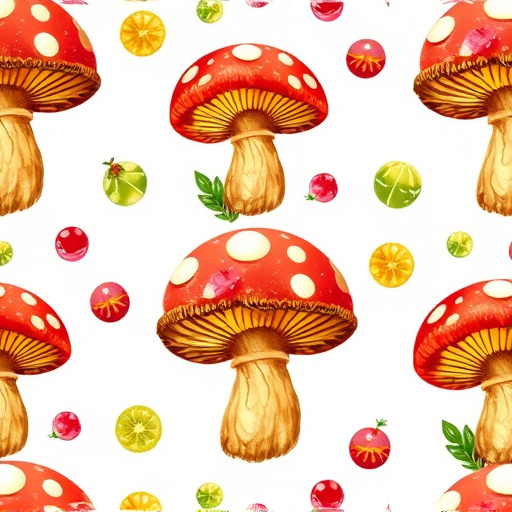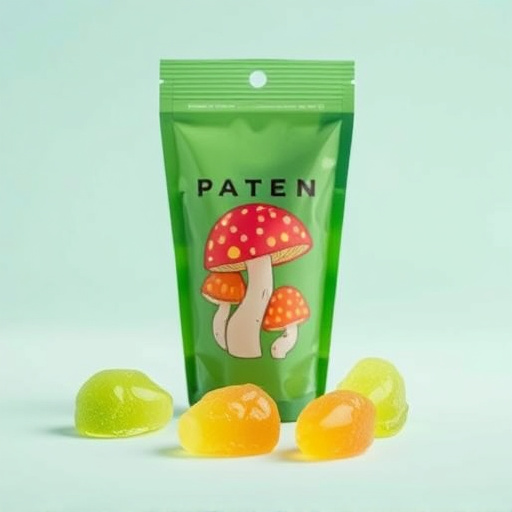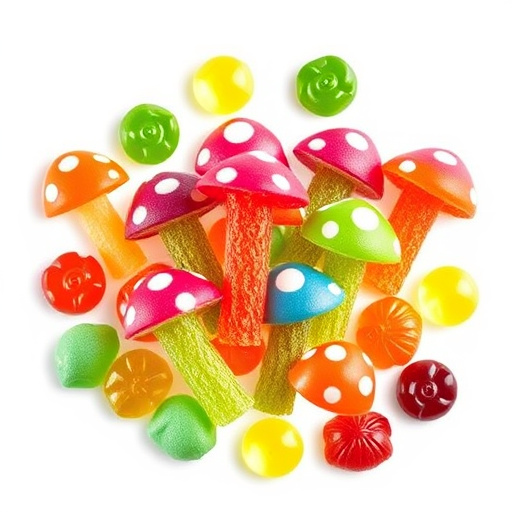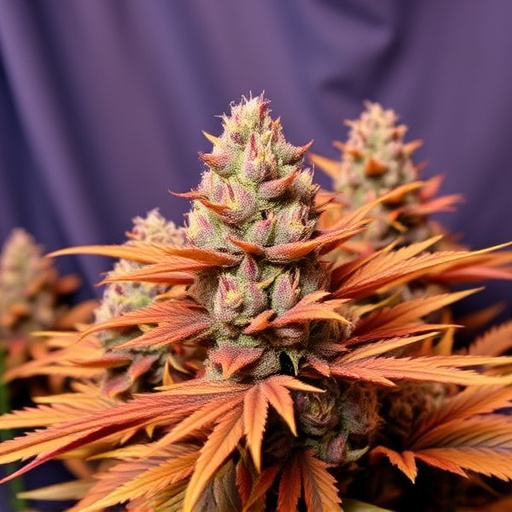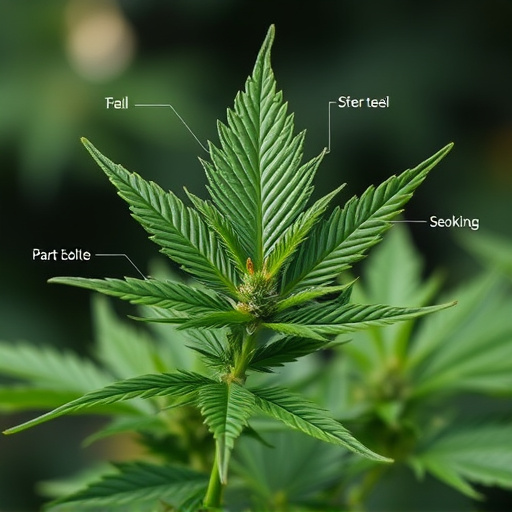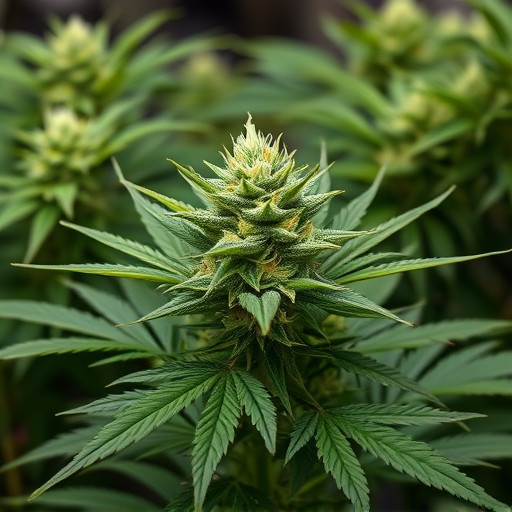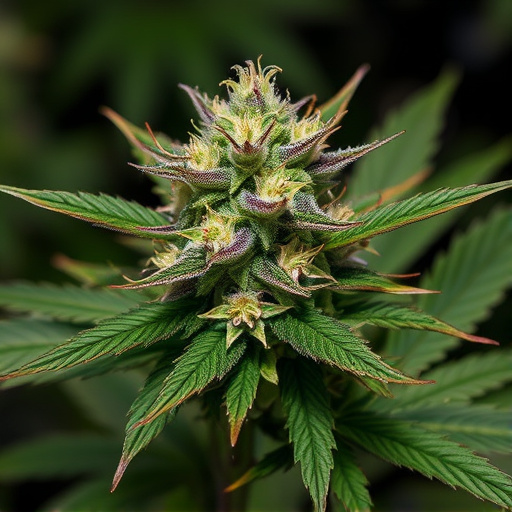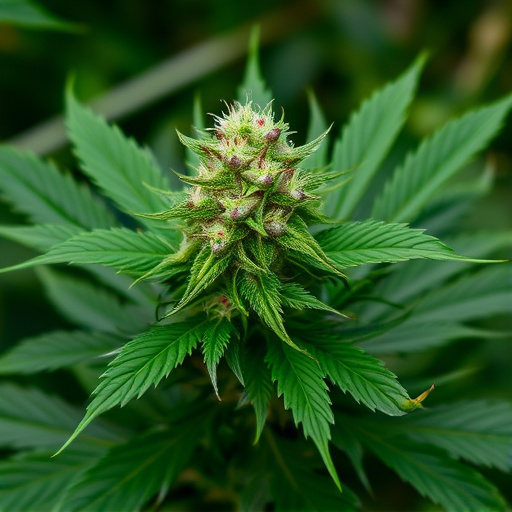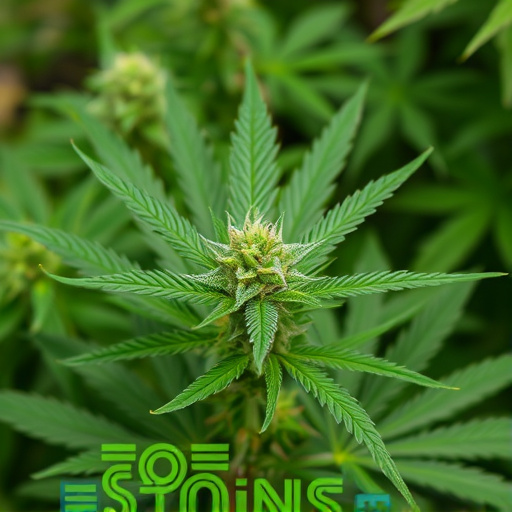Optimal cannabis storage (18-24°C, 50-60% humidity) preserves potency and quality for up to a few months. Customized conditions: Indica – cool & dark with 60% humidity; Sativa – slightly warmer & higher humidity. Airtight containers, labels with strain, harvest date, curing methods manage inventory and ensure consistent effects. Consume within a few months of purchase to enjoy cannabis strains' intended benefits.
In the world of cannabis, proper storage is a game changer. Understanding how different strains react to storage conditions is key to preserving their unique freshness and potency. This article delves into the best practices for storing various cannabis strains, offering insights tailored to each’s specific needs. Learn how to maximize longevity and maintain desired effects through effective long-term storage techniques.
- Understanding Cannabis Sensitivity to Storage Conditions
- Best Practices for Storing Different Cannabis Strains
- Maximizing Freshness and Potency: Tips for Long-Term Storage
Understanding Cannabis Sensitivity to Storage Conditions
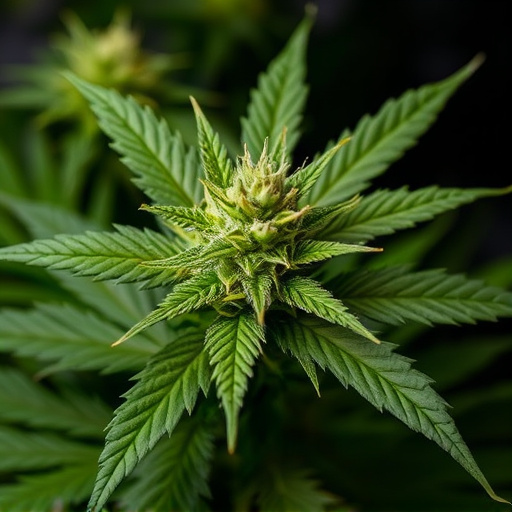
Cannabis, like many other perishable goods, is sensitive to storage conditions. The way cannabis strains and their potent effects are preserved can significantly impact their quality and potency over time. Improper storage can lead to premature degradation, affecting both the taste and therapeutic benefits of different cannabis strains.
Light, temperature, and humidity play crucial roles in determining how well cannabis retains its fresh state. Exposure to intense light, especially UV rays, accelerates the aging process, causing cannabinoids like THC and CBD to break down. Extreme temperatures, both hot and cold, can also hasten degradation. Maintaining a consistent environment, typically between 18-24°C (64-75°F) with relative humidity around 50-60%, is ideal for preserving cannabis strains and ensuring their effects remain potent and consistent over extended periods.
Best Practices for Storing Different Cannabis Strains

Storing different cannabis strains requires tailored practices to preserve their unique characteristics, including flavor, aroma, and effects. For instance, indica strains, known for their relaxing and sedative effects, should be stored in cool, dark places with consistent humidity levels around 60%. This slows down the maturation process, keeping them fresh longer. Sativa strains, on the other hand, with their invigorating and energizing effects, benefit from slightly warmer conditions and higher humidity to maintain their distinct profile.
When storing cannabis, consider using airtight containers to protect against environmental factors like moisture, light, and oxygen. Proper labeling is also essential, noting the strain name, harvest date, and any specific curing or storage methods used. This practice not only helps in inventory management but also ensures consumers are getting products with consistent effects and quality.
Maximizing Freshness and Potency: Tips for Long-Term Storage
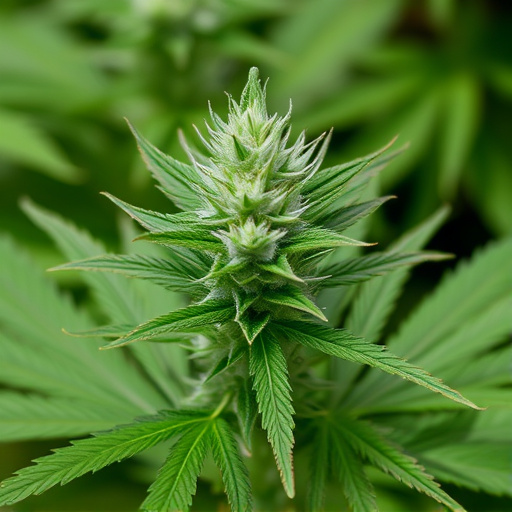
To maximize the freshness and potency of your cannabis strains, proper long-term storage is key. Keep them in a cool, dark, and dry place—a temperature between 18-24°C (64-75°F) and humidity levels around 40-50% are ideal. Avoid exposing them to direct sunlight or heat sources as these can degrade the cannabinoids and terpenes responsible for the unique effects of different cannabis strains.
Consider using airtight, opaque containers to block out light and moisture. Additionally, storing your cannabis in an environment with consistent conditions helps maintain its quality. Remember that time is not your friend; the longer you keep them, the more they may lose their potent effects. So, while proper storage extends their shelf life, it’s still best to enjoy your strains within a few months of purchase for optimal experiences.
Proper storage techniques are key to preserving the quality, freshness, and potency of your cannabis strains. By understanding how different strains react to various storage conditions, you can extend their shelf life and maintain the desired effects for longer periods. Following best practices for short-term and long-term storage ensures that each strain’s unique characteristics remain intact, allowing consumers to enjoy a consistent and satisfying experience.
